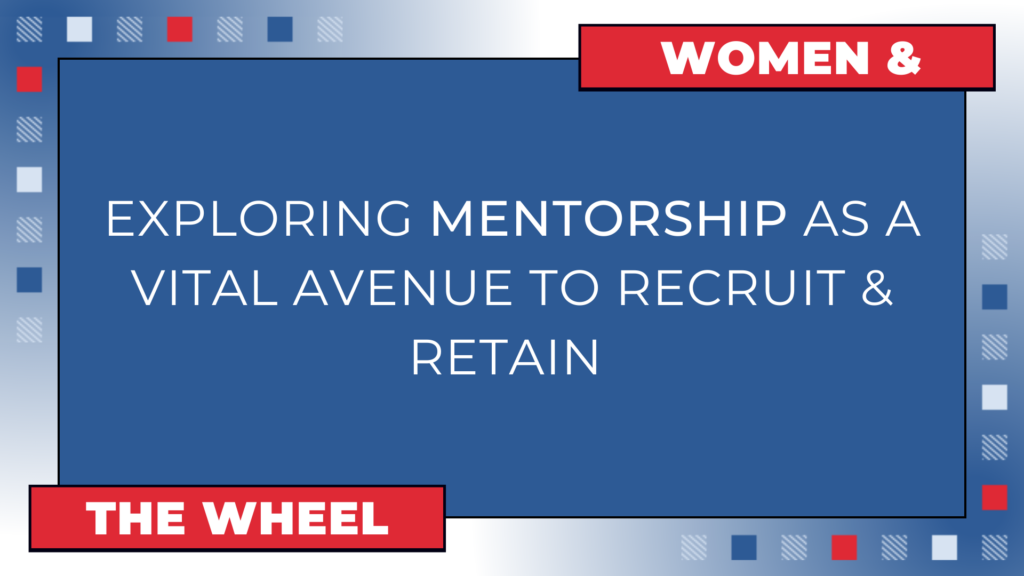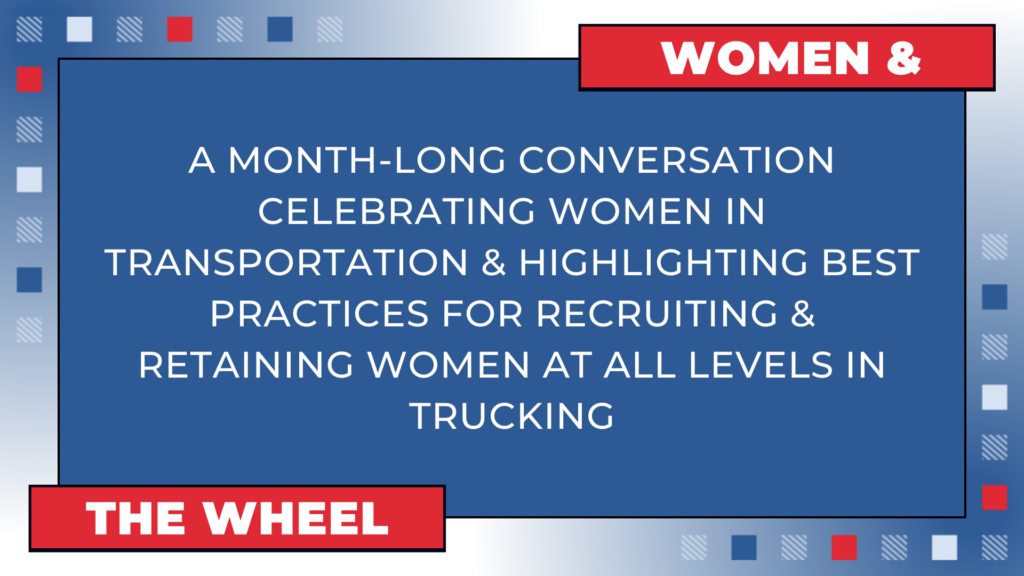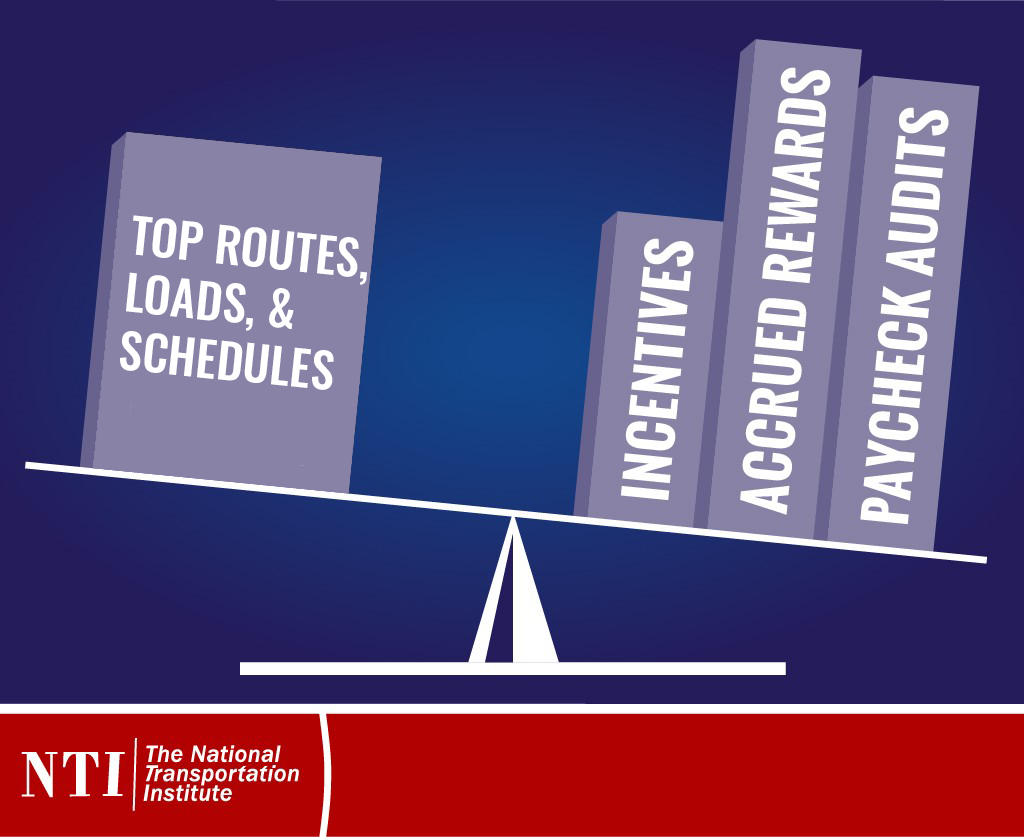Women & The Wheel: A recap and resources your fleet can utilize

This Women’s History Month, the NTI blog has explored themes and policies that aim to answer one question: How can we make trucking a more attractive and secure career choice for women of all ages, of all backgrounds, and of all family situations? Find a recap of our Women & The Wheel series here and resources your fleets can use to evaluate your internal policies and programs.
Women & The Wheel: Safety policies, leadership representation, and programs to support working parents build a culture where women can thrive

From HR leaders to professional drivers, women working in trucking sound off on how to create a company culture that’s inclusive and drives momentum to recruit and retain women in transportation careers.
Women & The Wheel: Mentorship programs are foundational to making trucking a sought-after career

This week in our Women & The Wheel series, we’re focusing on mentorship programs as one of the most important avenues for the industry and for individual fleets to draw women to the industry and keep them here, and we’re highlighting the story of Rachel Lovell, VP of People Operations at the Jackson, Tennessee-based 700-truck truckload carrier Ascend. NTI recently spoke with Lovell about her experience in the industry, her insights about the power of mentorship for women, and the importance of awareness of opportunities in trucking available to women.
Women & The Wheel: A conversation during Women’s History Month

Women & The Wheel will bring conversations to the NTI Blog about the real experiences of women in our industry, what they’ve learned and can teach from their years (or even decades) working in trucking, and how motor carriers and private fleets can continue to build on the momentum of establishing trucking as a secure, attractive, and rewarding career for women of all ages and backgrounds.
Fighting fatigue of seniority-based load bidding: 3 ways to reward drivers working less-desirable shifts

In NTI’s work with private and dedicated fleets, that’s a common concern we hear: Seniority-based bid systems contribute to frustration of new hires and churn among early tenured truckers. Here are three ways your fleet can help soothe those frustrations, incentivize weekend shifts and other lesser desired loads, and manage hang-ups caused by seniority-based load bidding programs
5 ways your fleet can focus on driver health as a retention tool in 2023

As we’ve touched on a few times in the NTI Blog, putting driver health at the center of every fleet department is one of the most critical steps your fleet can take in its driver retention program. Not only is it the right thing to do for your people and the personal and professional wellbeing […]
From the personal to the professional, reflecting on trucking into an uncertain 2023

NTI’s reflections, resources, and driver wages insights as 2022 closes and 2023 begins.
From holiday pay to health programs, here are a five ways your fleet can support drivers on and off the road every holiday season

In the fourth quarter of 2022, on average, motor carriers are offering their professional drivers a little over 6 paid holidays a year, according to data from NTI’s National Survey of Driver Wages. The pay rate for those paid holidays ranges on average between $100 and $200 a day. While it’s a fantastic show […]
Three highlights from 2022’s fourth quarter driver wages data

Despite slowing growth after a strong run-up in back half of 2020 and into the first half of 2022, professional driver wages in the fourth quarter of 2022 continued to climb from the prior quarter and year over year, according to data compiled by The National Transportation Institute. Gains in base wages — mileage and […]
Fleets responding to newer drivers’ expectations for wage growth momentum

The “earn your stripes” mentality is quickly becoming an ideal of the past. While per-mile and hourly pay for drivers of all experience levels has shown strong and steady growth over the past two years, the momentum of wage growth among drivers at the lower end of the experience scale has been the most pronounced.
